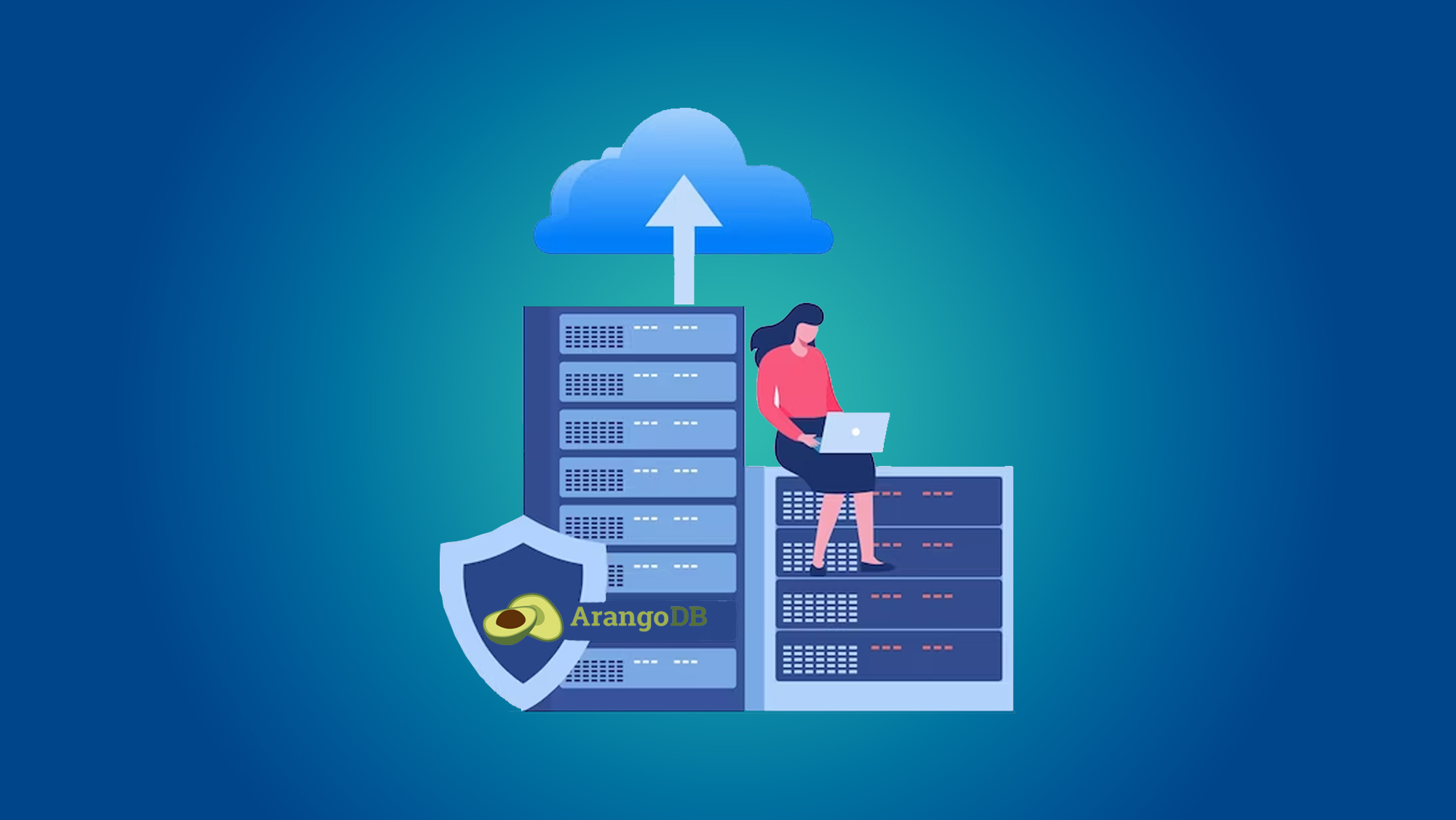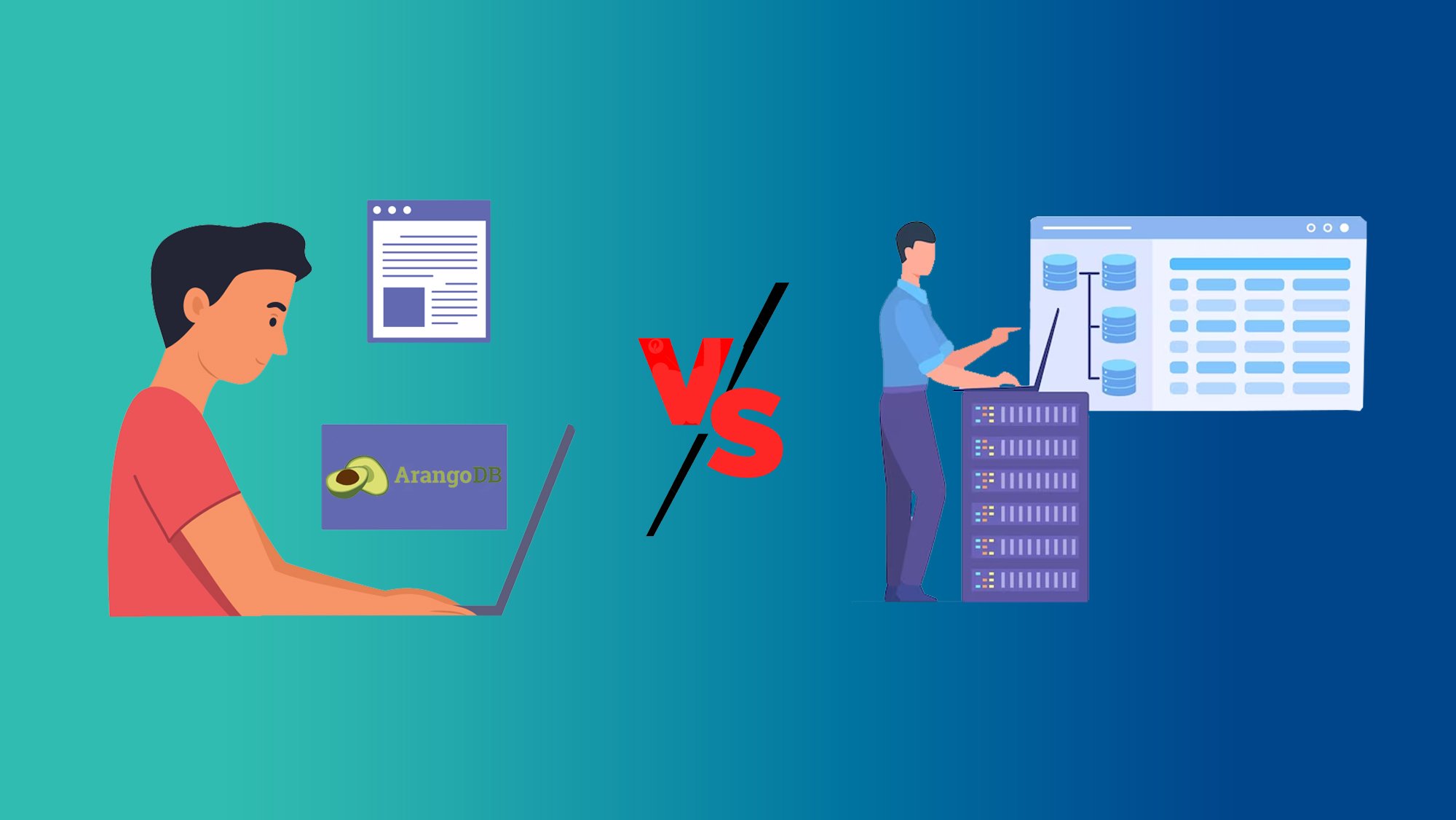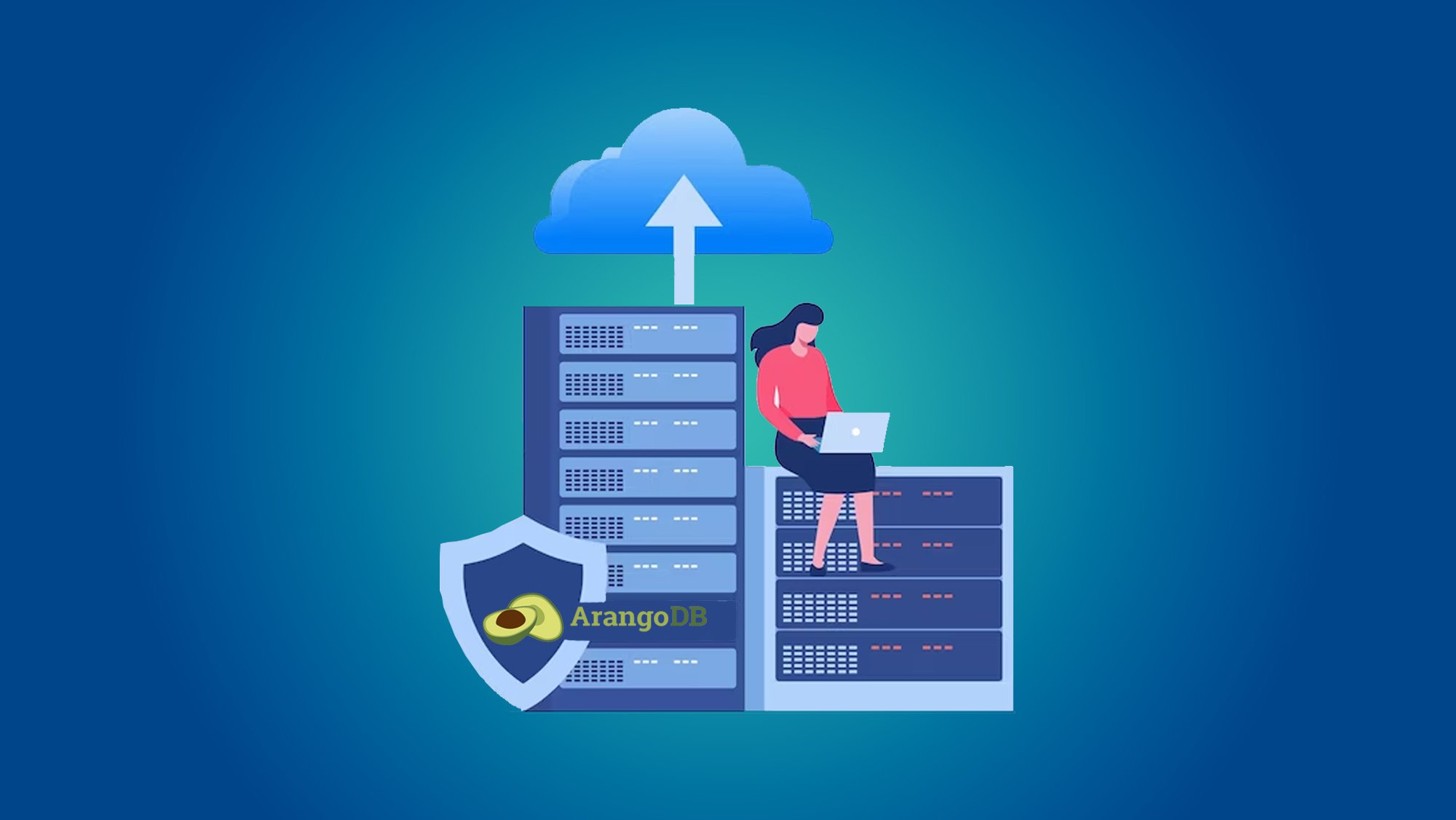Unleashing ArangoDB: Exploring Multi-Model Data Power
Introduction:
In the dynamic landscape of database management systems, ArangoDB has emerged as a formidable contender with its unique approach to multi-model data storage. Combining the flexibility of NoSQL with the structure of traditional relational databases, ArangoDB offers a powerful platform for managing diverse data types. In this comprehensive exploration, we delve into the capabilities and benefits of ArangoDB's multi-model data approach, shedding light on how it can transform the way organizations store, query, and analyze data.
Understanding Multi-Model Data Management:
Traditional databases often force organizations to choose between relational, document, graph, or key-value data models. However, real-world applications frequently involve multiple data structures. ArangoDB addresses this challenge by supporting multiple data models within a single database engine. This multi-model approach enables developers to seamlessly switch between models without the need for complex data migrations.
The Core Pillars of ArangoDB's Multi-Model Power:
- Document Store: ArangoDB's document store provides a flexible and schema-less data model, ideal for semi-structured and unstructured data. JSON documents are stored natively, allowing developers to handle diverse data formats while ensuring data integrity.
- Graph Database: Graph databases excel in modeling complex relationships, and ArangoDB's native graph capabilities facilitate efficient traversals and querying. This is invaluable for applications such as social networks, recommendation systems, and fraud detection.
- Key-Value Store: For fast and efficient access to simple data structures, ArangoDB's key-value store delivers high-performance capabilities. This model is suitable for scenarios requiring rapid read and write operations, such as caching and session management.
Exploring the Advantages:
- Data Consistency and Integrity: With multi-model capabilities, ArangoDB ensures that data remains consistent across different models. This eliminates the risk of data duplication or inconsistencies that may arise when dealing with separate databases for different data types.
- Flexibility in Querying: ArangoDB's Query Language (AQL) empowers developers to execute complex queries across multiple data models. This eliminates the need to learn separate query languages for different data structures, streamlining the development process.
- Efficient Resource Utilization: Managing all data models within a single engine optimizes resource utilization. This reduces infrastructure costs and simplifies database management, making scaling and maintenance more efficient.
- Agile Development: ArangoDB's multi-model approach promotes agile development by allowing data structures to evolve as the application matures. Developers can easily adapt to changing requirements without undertaking extensive database redesigns.
- Performance and Scalability: Whether you're dealing with intricate relationships, complex documents, or simple key-value pairs, ArangoDB provides high-performance querying and scaling capabilities across all supported data models.
Real-World Applications:
ArangoDB's multi-model capabilities find application in a wide array of industries and scenarios:
- E-commerce: Manage products, customer profiles, and recommendations using a combination of document and graph models.
- Healthcare: Store patient records, medical images, and relationships between healthcare providers using a versatile multi-model approach.
- IoT: Handle sensor data, device metadata, and communication graphs to analyze IoT data from various angles.
Getting Started:
- Installation: Begin by downloading and installing ArangoDB, which is available for various platforms.
- Data Modeling: Familiarize yourself with ArangoDB's data models—document, graph, and key-value—and explore how they can be combined in your application.
- Querying: Master ArangoDB's Query Language (AQL) to perform complex queries across different data models seamlessly.
- Graph Traversals: Dive into ArangoDB's graph capabilities and learn how to model and traverse complex relationships.
- Scaling and Performance: Experiment with scaling your ArangoDB deployment and optimizing queries to achieve maximum performance.
Conclusion:
ArangoDB's multi-model data power offers a revolutionary approach to database management, empowering developers to handle diverse data structures within a single, cohesive engine. By seamlessly integrating document, graph, and key-value models, ArangoDB eliminates the challenges associated with managing separate databases and provides a versatile platform for agile development, efficient querying, and robust scalability. Whether you're building a cutting-edge application, an analytics platform, or a data-intensive solution, ArangoDB's multi-model capabilities are poised to unleash new levels of efficiency, flexibility, and innovation in your data management endeavors.
You May Also Like
These Related Stories

Everything You Need to Know About ArangoDB Training

ArangoDB Vs Traditional Databases: Advantages and Use Cases




No Comments Yet
Let us know what you think